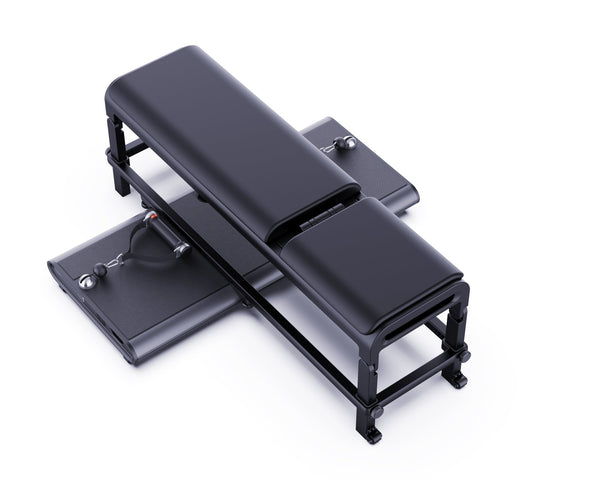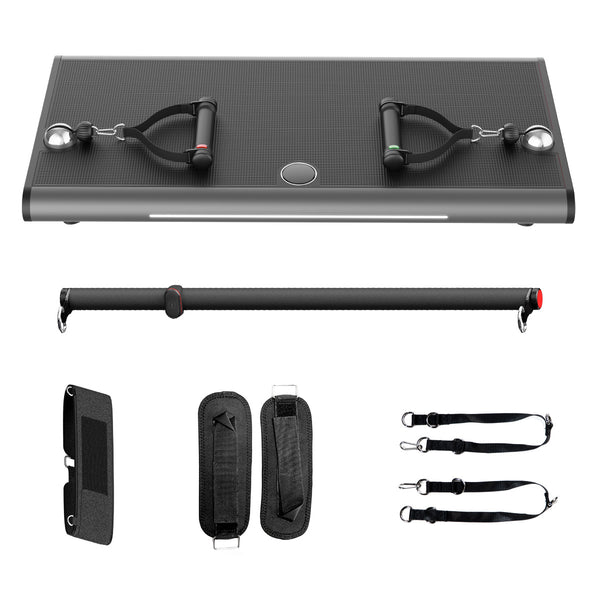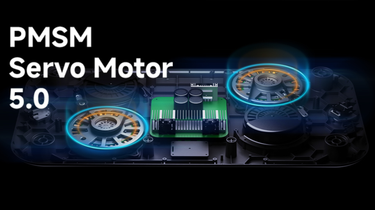Pair some text with a product to highlight features.
4 Resistance Different Modes
Multiple training modes, on-demand switching fat burning, shaping, muscle building, multi-dimensional to meet the fitness needs, and efficiently enhance the training effect; suitable for more people to use, beginners, professional fitness enthusiasts and so on;




Why Choose INNODIGYM P1
-
![]()
MINIMAL DESIGN-6CM/2.4 INCH
Adopting ultra-thin design and aluminum alloy integrated die-casting
-
![]()
Stereo 5w Blueto-Oth Amplifier
The Stereo 5W Bluetooth Amplifier delivers powerful sound in a compact design. Enjoy wireless audio streaming with Bluetooth connectivity.
-
![]()
5.0 Disc Type Servo Motor
Experience unmatched precision with Innodi P1, powered by our 5.0 Disc Type Servo Motor. Elevate home workouts with this advanced, durable tech.
-
![]()
Security Protection Mechanism
Multiple Protection Mechanisms Enabled by Advanced Artificial Intelligence: Enhanced Security Features
-
![]()
Safety Button
Safety buttons on both handles and the bar. It act as afailsafe mechanism,instantly releasing the weights when the load becomes challenging.
-
![]()
Aerospace Materials
levate your home gym with the Innodi P1 series, utilizing aerospace materials for unmatched strength and longevity.






































